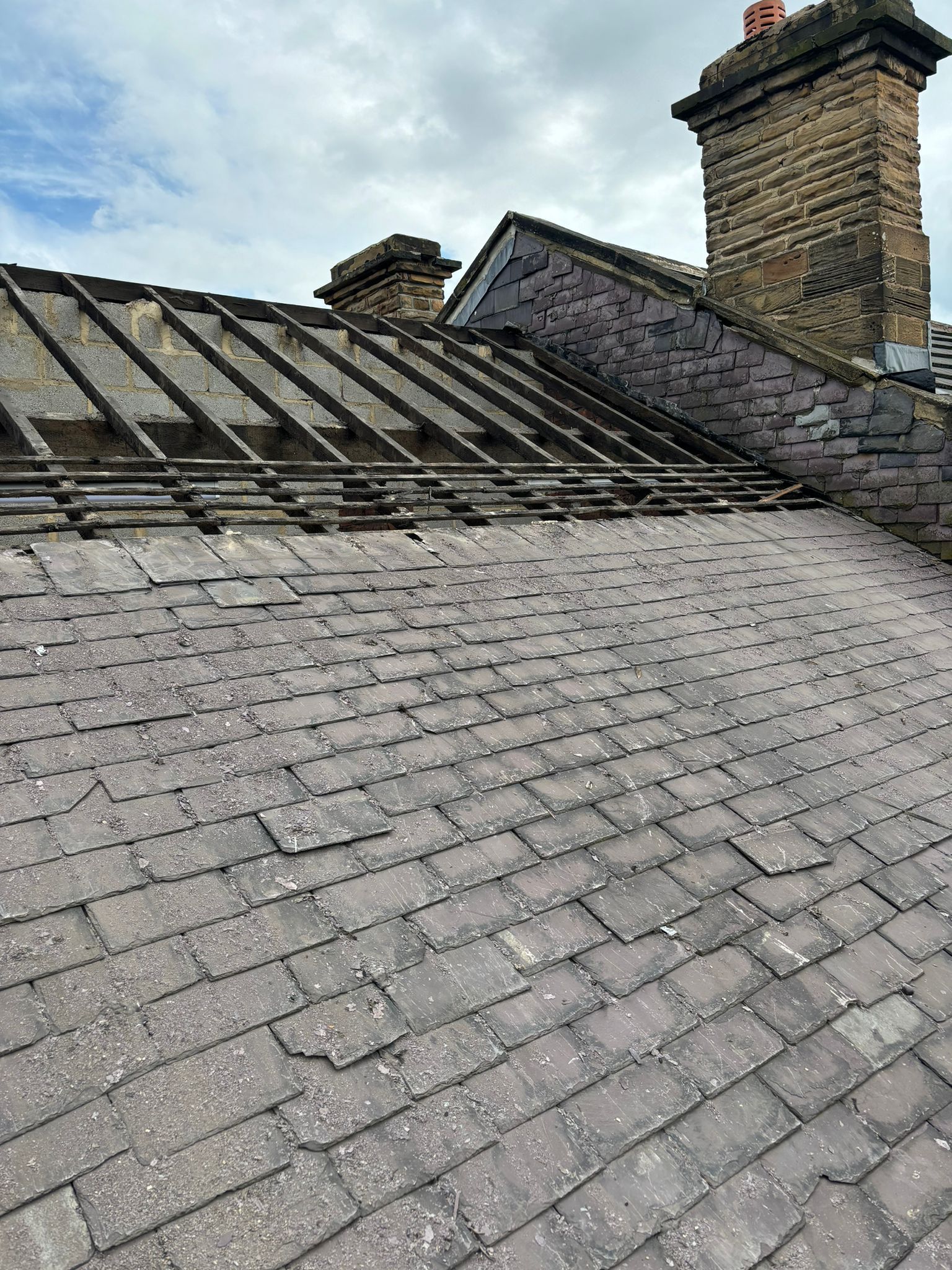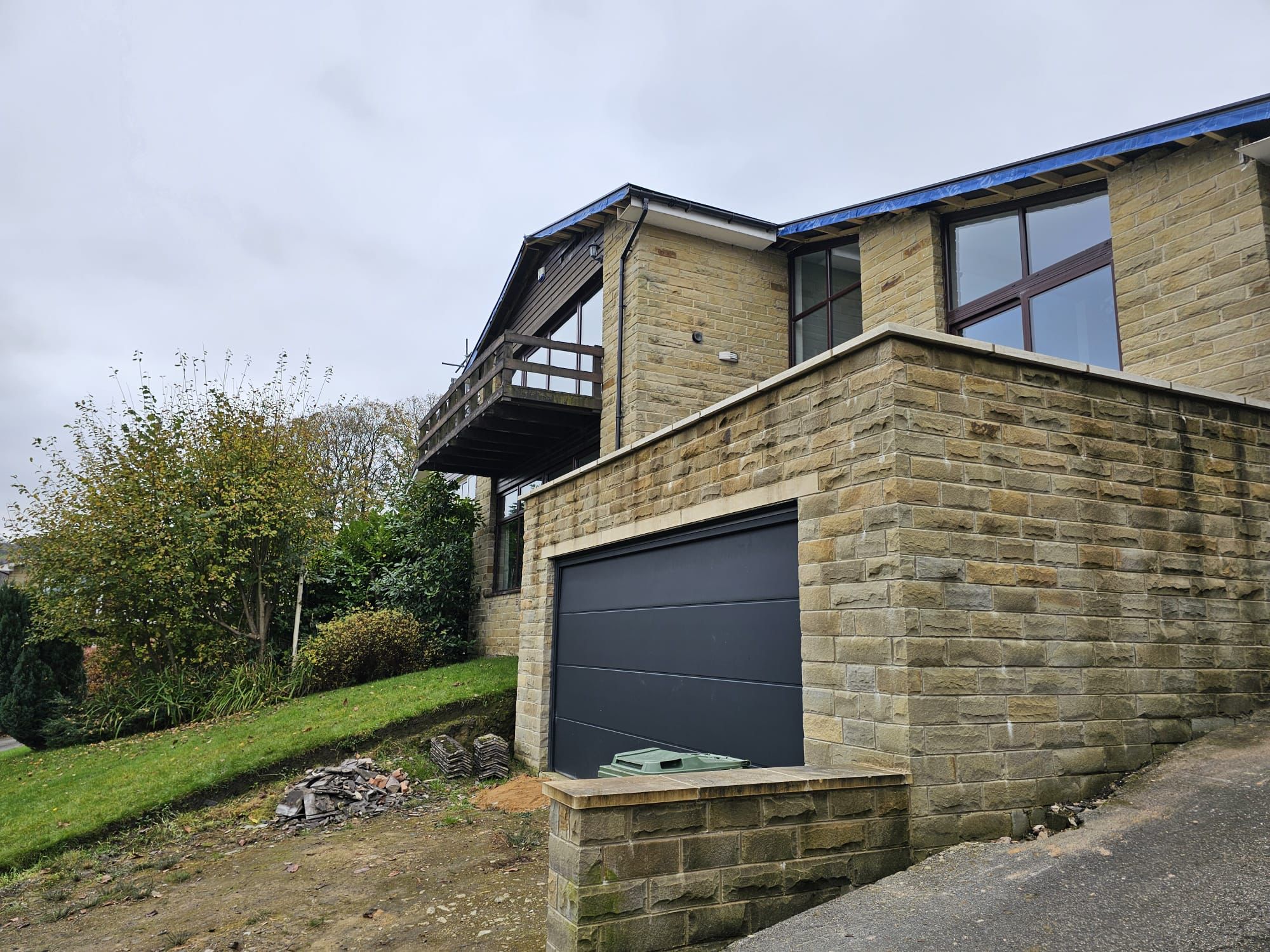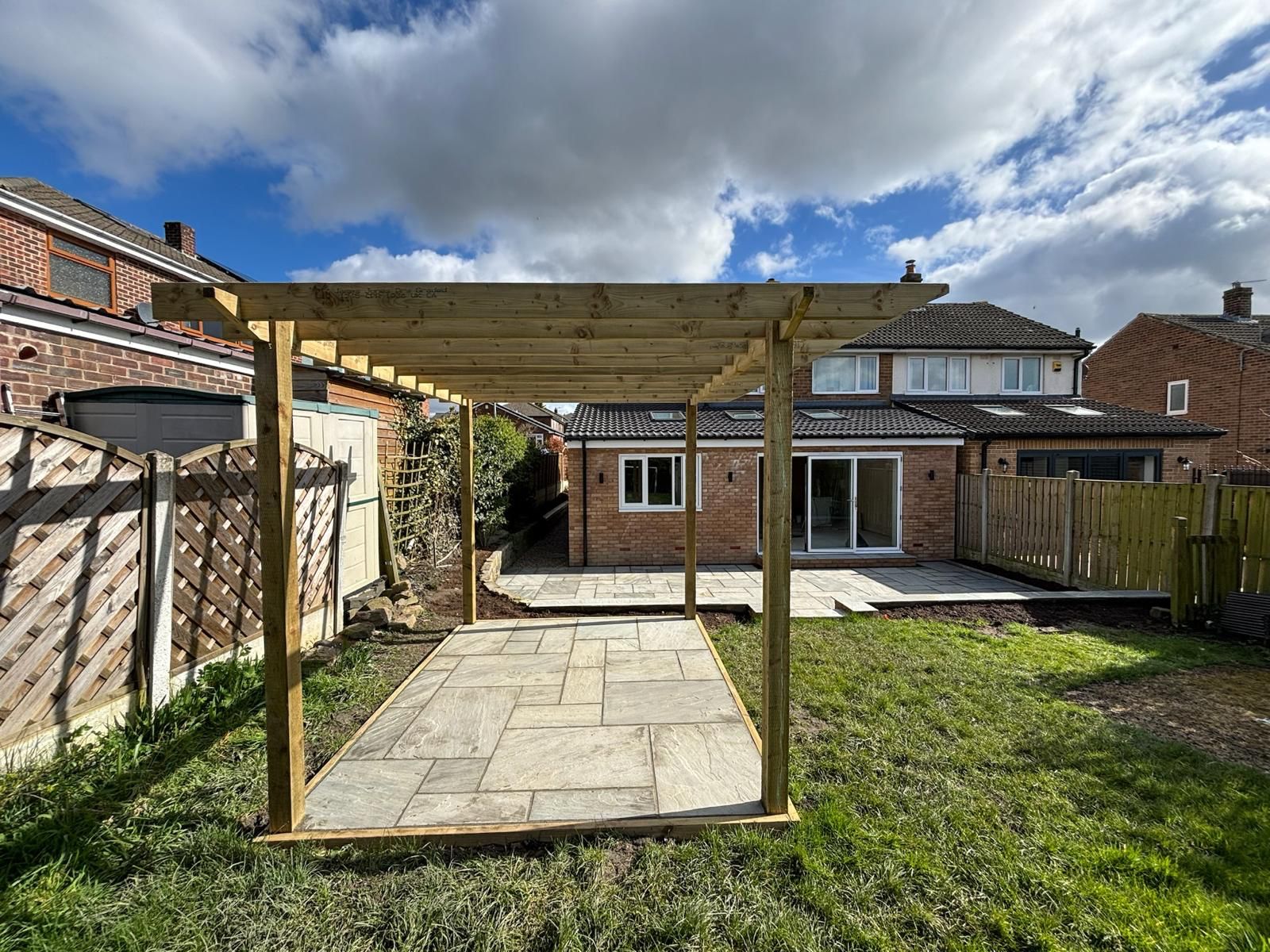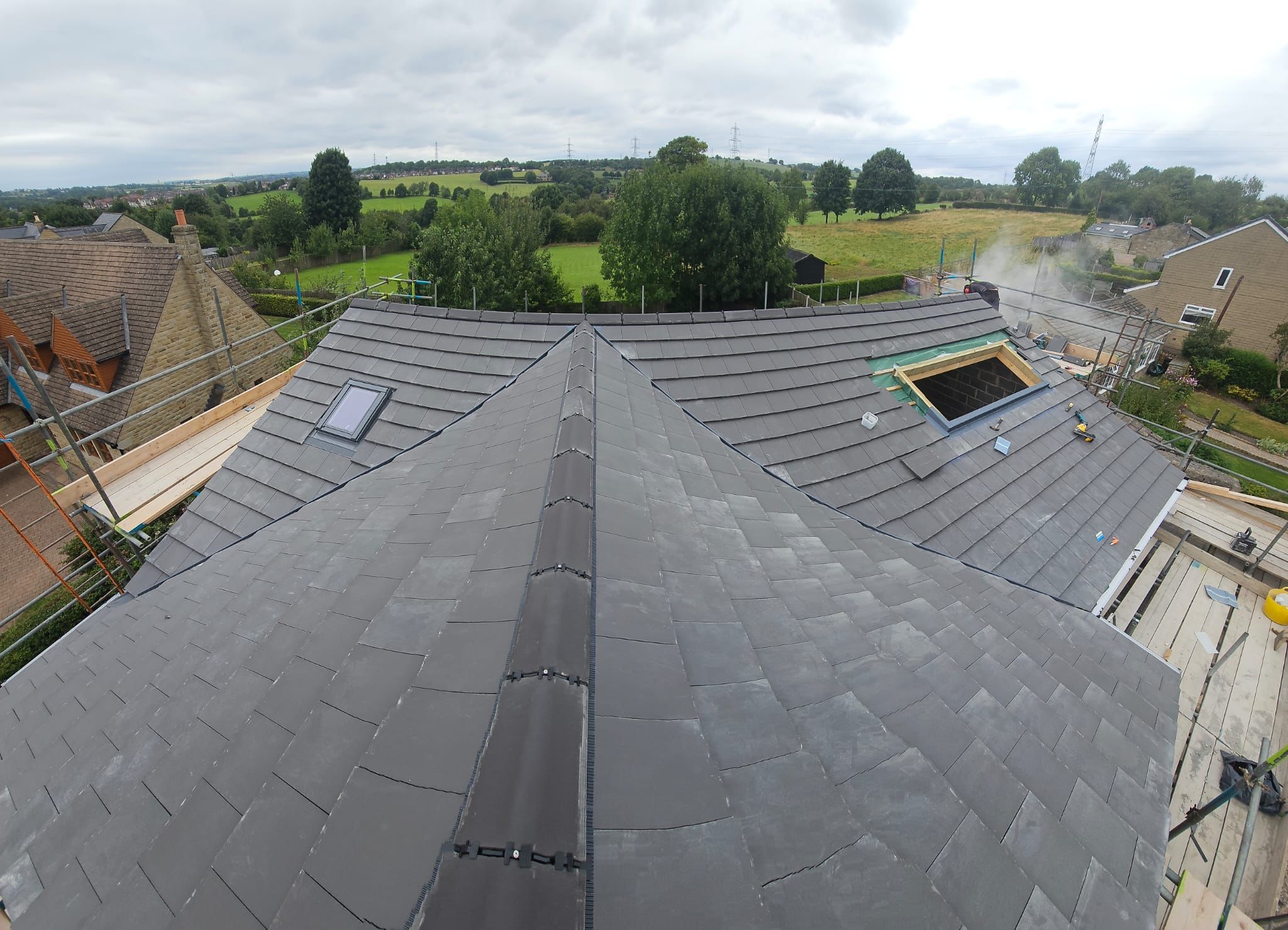Off-the-shelf designs and standard layouts don’t work for everyone. Sometimes, a creative vision calls for a unique approach that reflects your personal style or business brand. D.h.lumb-building and roofing services understands that custom projects require deeper collaboration and fresh perspectives. If you’re contemplating something extraordinary—like a garden studio, a specialty home office, or a one-of-a-kind living space—these guidelines can set the stage for a smoother journey.
Why Consider a Custom Project?
- Personal Expression: Custom builds let you shape the look, feel, and function of a space so it aligns precisely with your lifestyle or work requirements.
- Increased Functionality: Instead of adapting to a pre-made design, you can design the room or building to match specific needs, be it storage, lighting, or accessibility.
- Boosted Property Value: Unique, high-quality features often enhance the property’s worth, especially if crafted with longevity in mind.
Important Factors to Think About
- Location and Purpose
Where will this custom structure or space be situated, and how will it be used? Knowing its primary purpose helps determine essential design elements, like insulation, lighting, and access to utilities. - Materials and Style
From reclaimed wood to modern composites, every choice carries implications for maintenance and aesthetics. Think about whether you want a rustic vibe or a sleek, contemporary look. - Budget Range
Custom work can be more variable than standard builds. Prepare a realistic budget that includes potential extras like intricate finishes or specialty hardware.
Working with the Right Team
It’s crucial to find a contractor who embraces creativity rather than viewing it as a complication. D.h.lumb-building and roofing services, for instance, thrives on projects that step outside the norm. Regular communication and openness to changes allow for a final result that feels tailored, not forced.
- Design Collaboration: Brainstorming sessions between you, the builder, and possibly a designer can explore various ideas before committing to one plan.
- Permits and Regulations: A trustworthy contractor will identify any permitting steps or zoning approvals required.
- Material Sourcing: If you want special materials—like imported tiles or custom windows—discuss timelines and possible cost impacts early on.
Ensuring a Smooth Build
Even highly customized projects can follow a logical process. Creating a step-by-step plan reduces surprises:
- Concept Development: Sketch ideas, refine them, and finalize the main design points.
- Detailed Specifications: Nail down specifics like wall heights, window sizes, electrical outlets, and finishes.
- Construction Phase: Stick to a mutually agreed timeline, with periodic meetings to ensure all details meet expectations.
- Final Review: Walk through the finished area together, checking that everything looks and functions correctly.
Concluding Thoughts
A custom project is a chance to shape a space that feels truly yours, whether it’s a private workspace, a leisure zone, or an expansion with a distinctive style. While the process can be more involved than standard builds, the end product can reward you with a sense of uniqueness and genuine functionality. Keeping lines of communication open and focusing on quality materials at each step contributes to a result that stands up to daily use.






